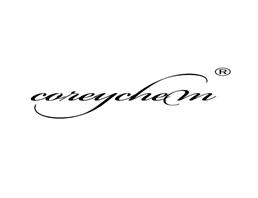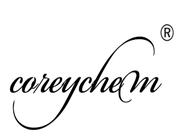| Description |
Tesevatinib (XL-647) is an orally available, multi-target tyrosine kinase inhibitor; inhibits EGFR, ErbB2, KDR, Flt4 and EphB4 kinase with IC50s of 0.3, 16, 1.5, 8.7, and 1.4 nM.
| Related Catalog |
Signaling Pathways >> Protein Tyrosine Kinase/RTK >> Ephrin Receptor
Research Areas >> Cancer
| Target |
EGFR:0.3 nM (IC50)
ErbB2:16 nM (IC50)
KDR:1.5 nM (IC50)
Flt-4:8.7 nM (IC50)
| In Vitro |
Tesevatinib (XL-647) potently inhibits the EGF/ErbB2, VEGF, and ephrin RTK families. Tesevatinib (XL-647) is a reversible and ATP competitive inhibitor. Tesevatinib (XL-647) was inactive against a panel of 10 tyrosine kinases (including the insulin and the insulin-like growth factor-1 receptor) and 55 serine-threonine kinases (including cyclin-dependent kinases, stress-activated protein kinases, and protein kinase C isoforms). Tesevatinib (XL-647) inhibits cellular proliferation and EGFR pathway activation in the erlotinib-resistant H1975 cell line that harbors a double mutation (L858R and T790M) in the EGFR gene. In A431 cells, Tesevatinib (XL-647) reduces cell viability with IC50 values of 13 nM[1].
| In Vivo |
Tesevatinib (XL-647) shows potent and long-lived inhibition of the WT EGFR in vivo. Tesevatinib (XL-647) substantially inhibits the growth of H1975 xenograft tumors and reduces both tumor EGFR signaling and tumor vessel density[1].
| Cell Assay |
Growth inhibition of H1975 and A431 cells by increasing concentrations of Tesevatinib (XL-647), gefitinib, or erlotinib is determined by seeding 5000 cells per well in 96-well plates. The following day, cells are washed once with low-serum RPMI 1640 (0.1% fetal bovine serum, 1% nonessential amino acids, and 1% penicillin/streptomycin), after which 90 μL of the low-serum RPMI 1640 are added. Test compounds (Tesevatinib (XL-647)) are diluted to 10 times the test concentrations and 10 μL are added to triplicate wells for a 72-h incubation. Cell viability is determined[1].
| Animal Admin |
Mice: Tumor-bearing mice are given either Tesevatinib (XL-647), erlotinib, or gefitinib at 100 mg/kg and tumors are harvested 1 to 72 h later. Half an hour before respective time point, EGF (50 μg/mouse) is given via i.v. bolus injection with tumors dissected 30 min later and tumor extracts are prepared by homogenization in 10 volumes of ice-cold lysis buffer. Lysates are clarified by centrifugation and EGFR tyrosine phosphorylation levels are determined by ELISA[1].
| References |
[1]. Gendreau SB, et al. Inhibition of the T790M gatekeeper mutant of the epidermal growth factor receptor by EXEL-7647. Clin Cancer Res. 2007 Jun 15;13(12):3713-23.

 China
China









